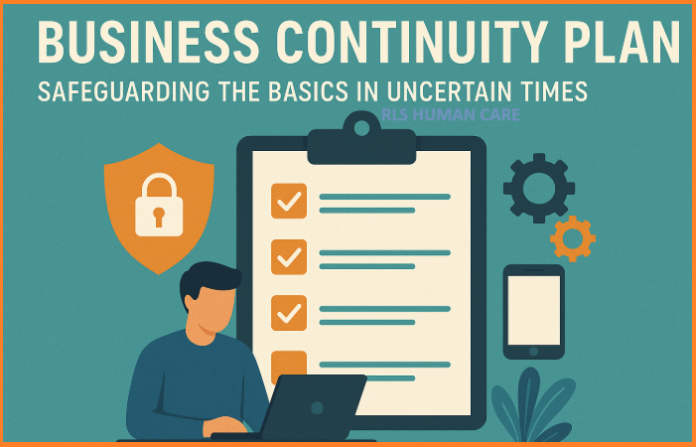In an ever-changing business landscape, organizations face a variety of unforeseen challenges—from natural disasters and cyberattacks to pandemics and supply chain disruptions. While it is impossible to prevent every crisis, having a Business Continuity Plan (BCP) ensures that a company can sustain its essential operations even during a disruption.
Contents
What is a Business Continuity Plan?
A Business Continuity Plan is a strategic document that outlines procedures and instructions an organization must follow in the face of adversity. The goal is simple yet crucial: to reduce the effects of contingencies by ensuring that the organization can continue at least its basic functions, no matter what happens.
Rather than reacting on the fly, a BCP prepares the organization to handle crises proactively, minimizing downtime, protecting resources, and maintaining trust with customers and stakeholders.
Key Elements of a Business Continuity Plan
- Risk Assessment & Business Impact Analysis
Identify potential risks and evaluate how different scenarios could impact operations. Understand which functions are most critical and what resources they require. - Essential Functions Identification
Determine the core activities necessary for the organization’s survival. These often include communication, data access, customer service, and financial operations. - Recovery Strategies
Develop specific plans to resume essential services. This may involve remote work arrangements, alternative suppliers, or backup power systems. - Roles and Responsibilities
Assign clear responsibilities so that during a crisis, everyone knows what to do. This helps avoid confusion and streamlines response efforts. - Communication Plan
Ensure open and consistent communication with employees, customers, vendors, and emergency services during and after a disruption. - Testing and Training
Regularly test the BCP through drills and simulations. Train staff to be familiar with their roles so they can respond efficiently when the plan is activated.
Why a Business Continuity Plan Matters
When disaster strikes, the first few hours are often the most critical. Companies without a BCP risk total operational shutdown, financial loss, reputational damage, and in extreme cases, permanent closure.
By focusing on maintaining at least basic operations, a BCP allows a company to:
- Preserve customer confidence
- Meet legal and contractual obligations
- Safeguard employees and assets
- Avoid significant revenue losses
- Recover more quickly and efficiently
A Business Continuity Plan isn’t just a document—it’s a commitment to resilience. In today’s unpredictable world, it empowers businesses to face challenges head-on, knowing they have a solid foundation to fall back on. By ensuring that essential functions keep running, organizations not only survive disruptions but also build a stronger, more adaptive future.





